The tea I had today is something nobody has been able to identify definitively

This tea I got in Beijing, from a store that only sold dancong. The guy is from the Fenghuang shan area. He said this tea is something that was sitting in his home (or a neighbour’s) for years, and he took it out and tried to sell it. Didn’t really move very fast, since this isn’t stuff that Beijingers have any real interest in.

The tea is odd. The first few cups taste a bit puerh-esque. It doesn’t have the same bite that the “wet stored” tieguanyin has. Instead, it is a more subtle spicy flavour that lingers. Today the tea actually came out better than previous renditions. Maybe it’s the pot. Maybe it’s the water, but it came out full bodied, whereas usually it is rather thin and bland.
I am inclined to think it’s something they really produced locally, perhaps a lower grade shuixian from the area. It does have that green kick to it, near the end of the session, but it’s very subtle and hard to pinpoint. Toki thought this could be a liu’an, but I’m not sure what kind of liu’an looks like tihs (liu’an guapian?). The stuff was rather cheap, and I probably should’ve bought a little more. As it is, however, it provides a nice diversion and is always a good tea to use to stump people 🙂





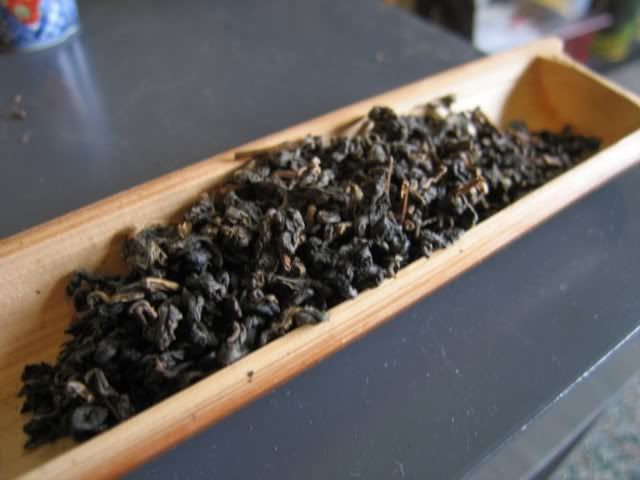
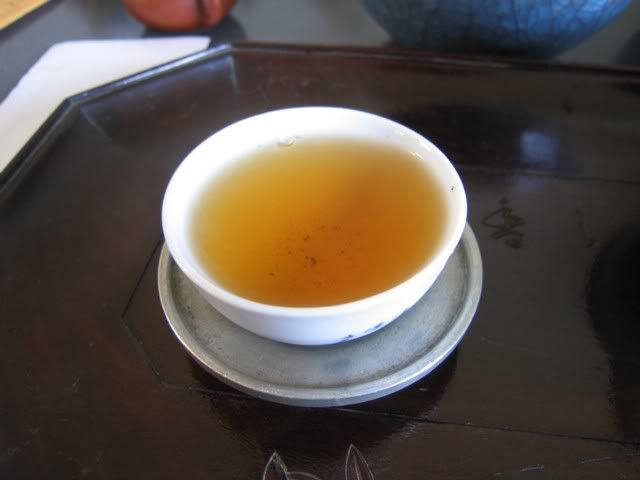

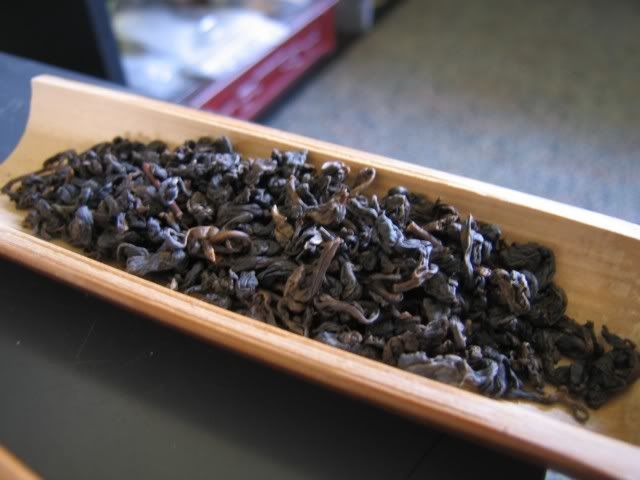
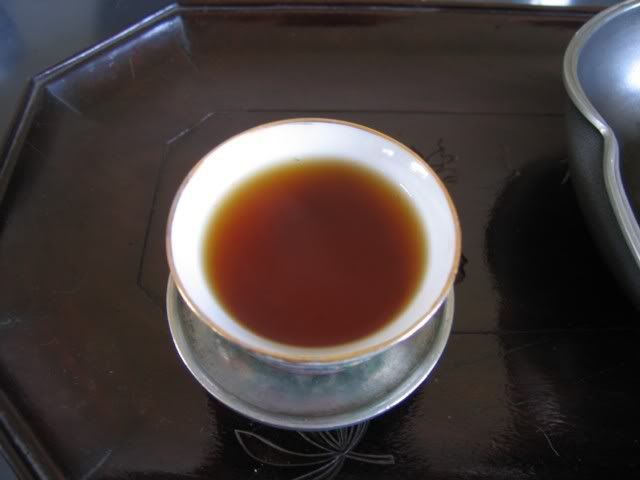
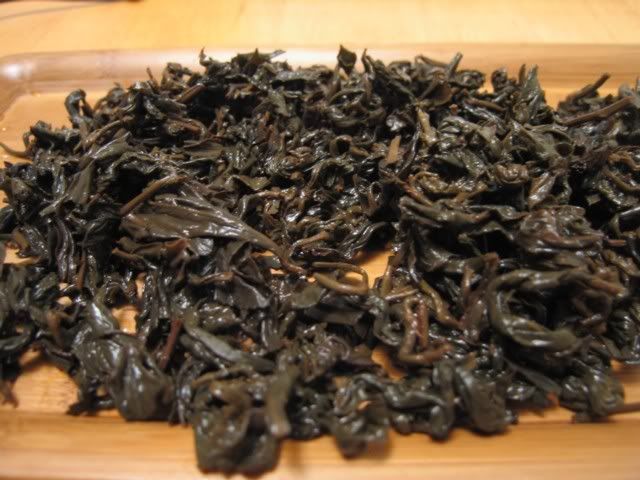
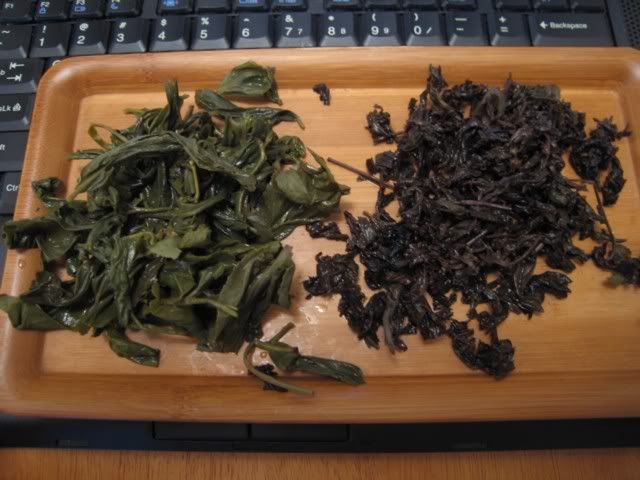
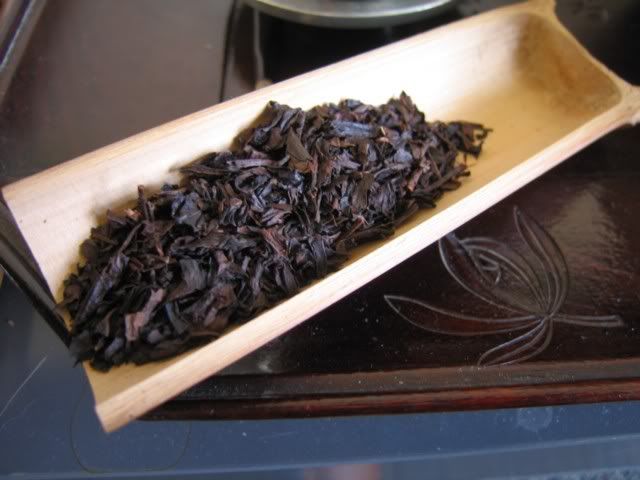
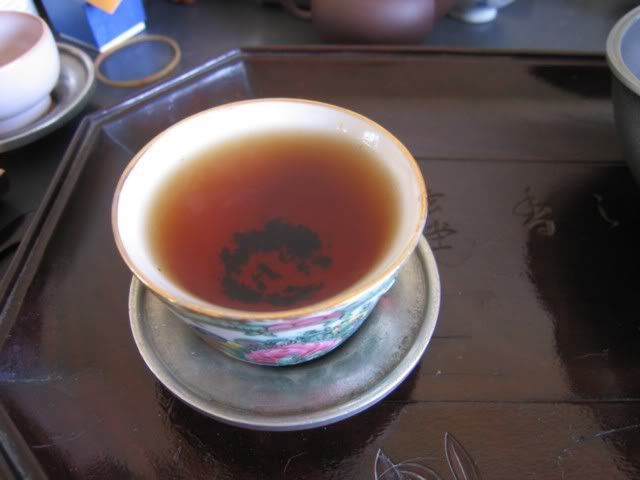
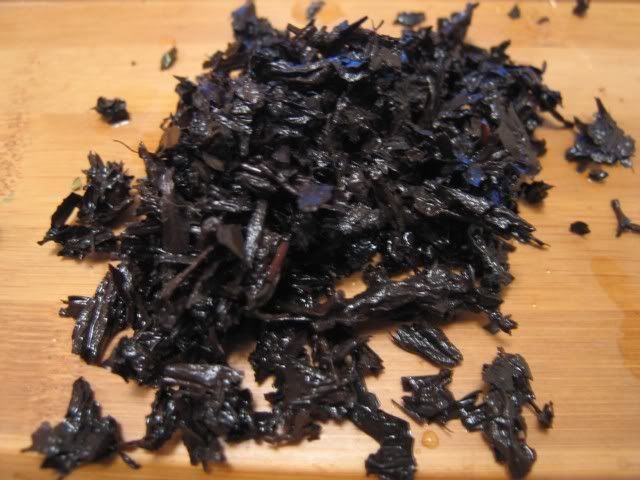
 RSS - Posts
RSS - Posts
I took you at your suggestion and have been reading some of your old post-Covid posts. I haven’t been to…